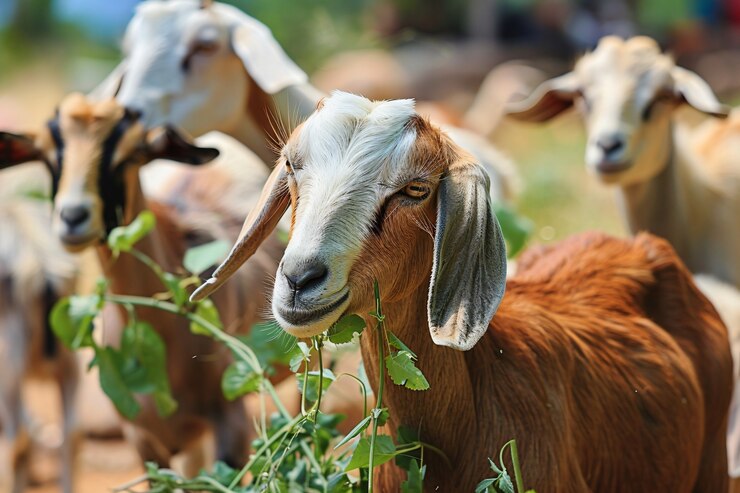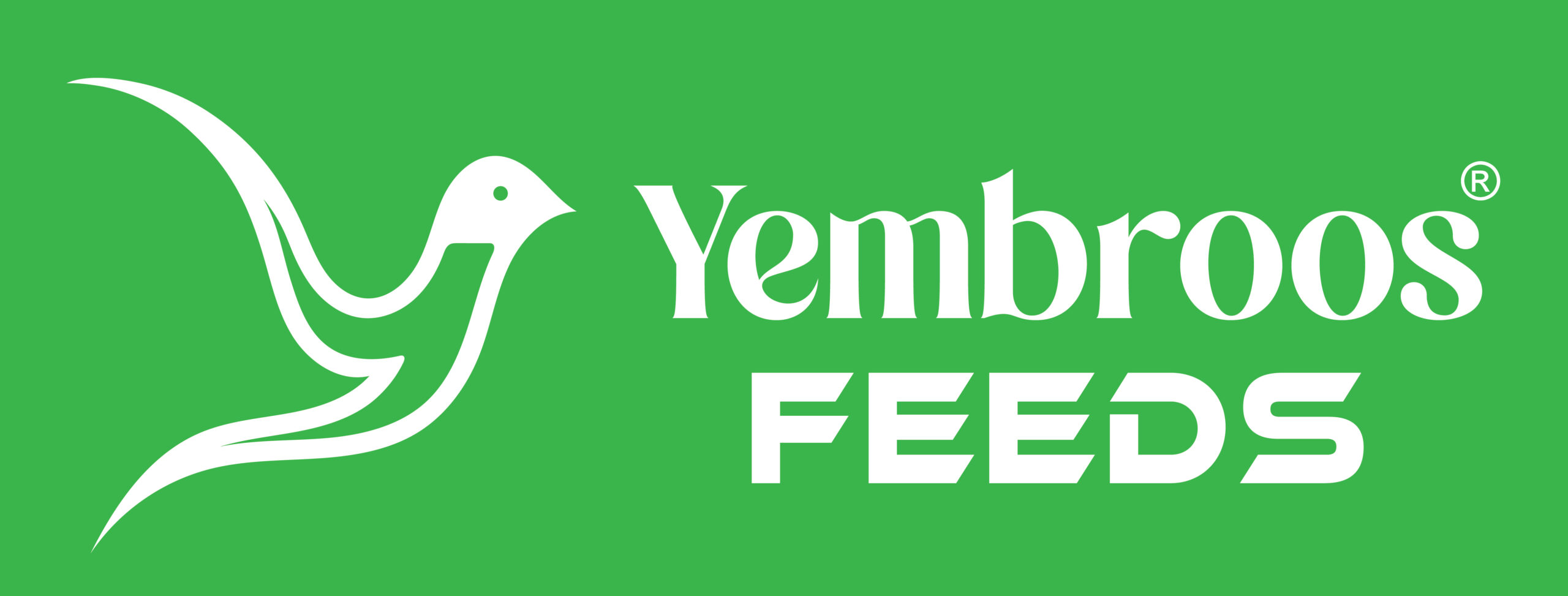
- November 5, 2024
- by admin
- Dairy & Livestock Feeds
Yembroos Animal Feeds India Private Limited is a leading Goat Feed Manufacturer, Goat Feed Exporter, Goat Feed Supplier, Goat Feed Distributor, Goat Feed Vendor, Goat Feed Company and Goat Feed Producer located in Thrissur District of Kerala.
Our widest and high-precision product range defines us as one of the most renowned Goat Feed Manufacturers, Goat Feed Exporters, Goat Feed Suppliers, Goat Feed Distributors, Goat Feed Vendors, Goat Feed Companies and Goat Feed Producers of India.
We provide complete nutrition solutions for all types of goat farming, ensuring balanced protein, energy, fiber, vitamins, chelated minerals, rumen buffers, probiotics, and performance boosters. Our scientifically formulated feeds enhance growth, weight gain, fertility, immunity, milk yield and overall farm profitability, without the need for additional supplements.
In the Goat Feed segment, we produce:
-
Goat Starter Feed
-
Goat Grower Feed
-
Goat Finisher Feed
-
Lactating Goat Feed
-
Dairy Goat Feed
-
Meat Goat Feed
-
Breeding Goat Feed
-
Goat Breeder Feed
-
Halal Goat Feed
-
Goat Farm Feed
-
Goat Farming Feed
-
Livestock Feed / Stock Feed
-
Goat Fodder & Goat Forages
-
Goat Feed Supplements
-
Goat Pellets (Premium Pelleted Feed)
Our optimized goat nutrition solutions are designed for commercial goat farms, dairy goat farms, meat goat farms, breeding farms and integrated livestock farming systems with proven performance results.
For more details visit: https://yembroos.com/dairy-livestock-feeds/#goat-feed-introduction
